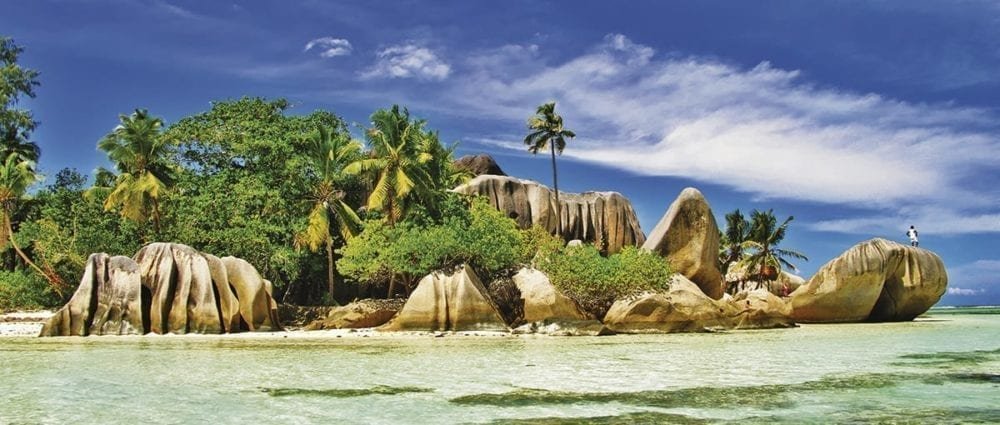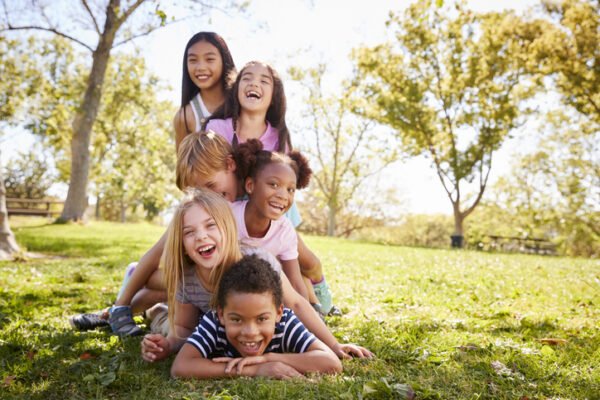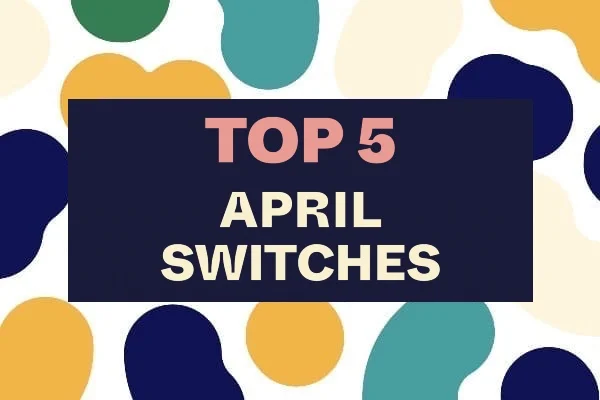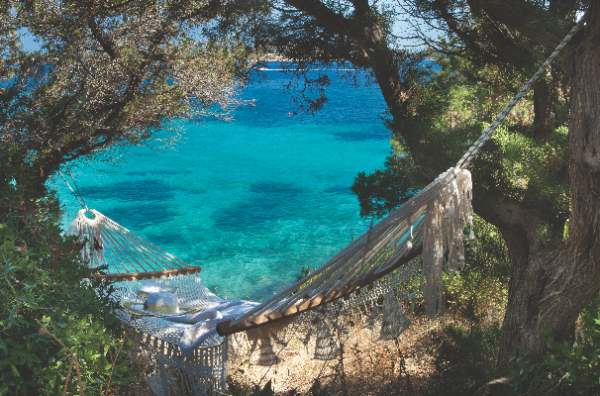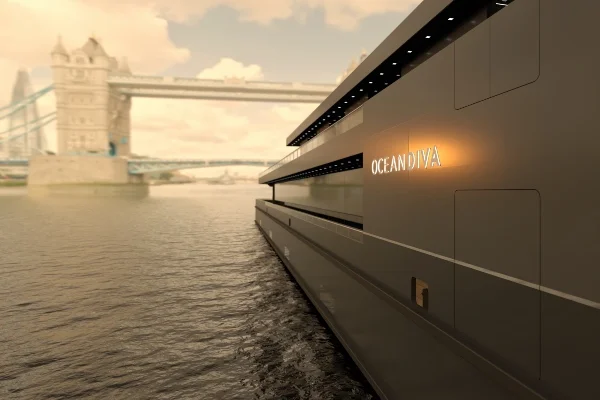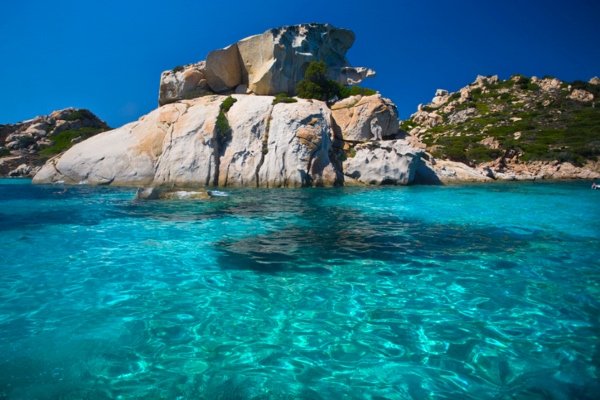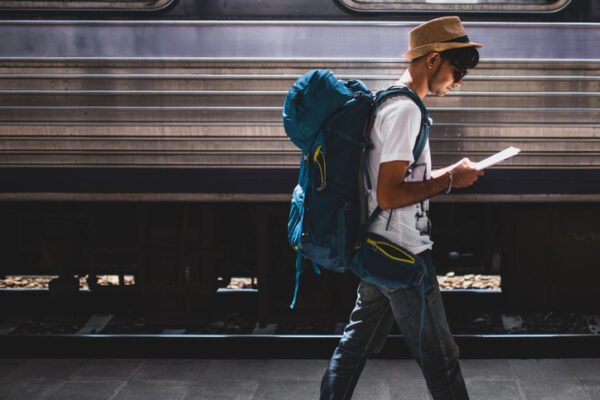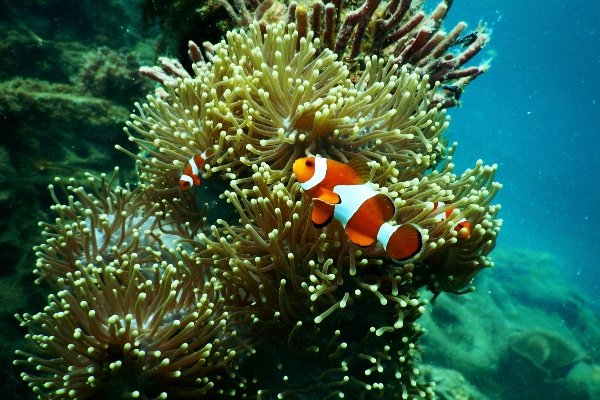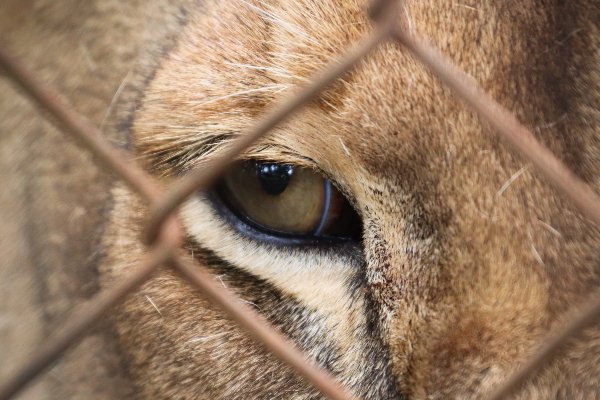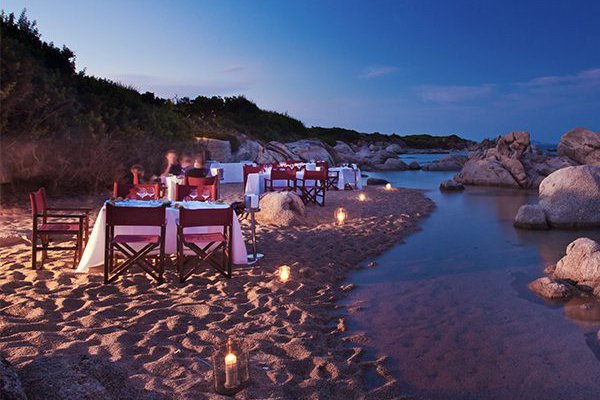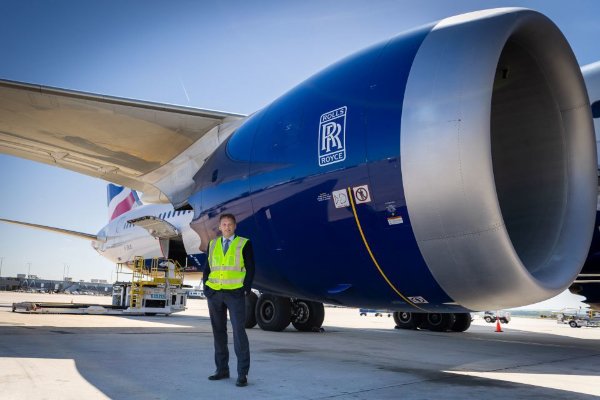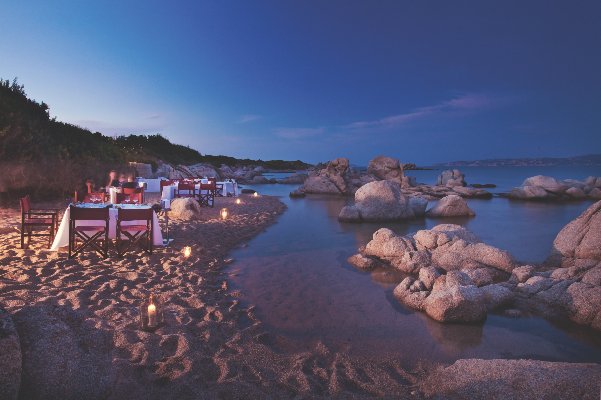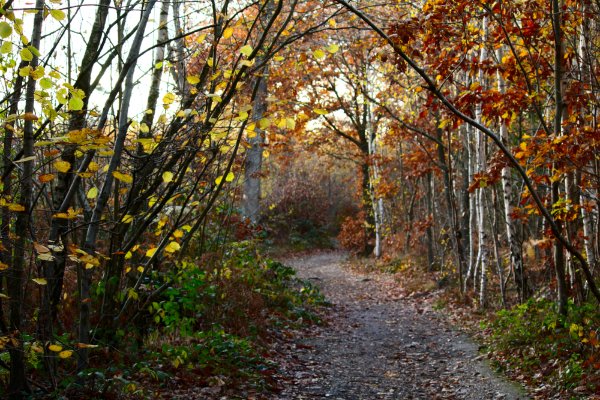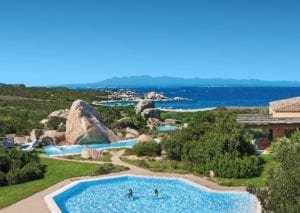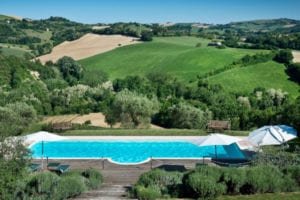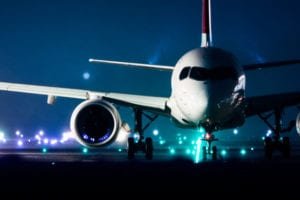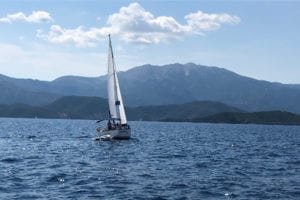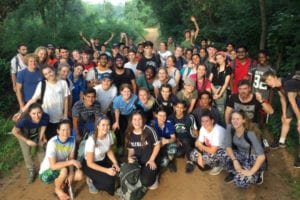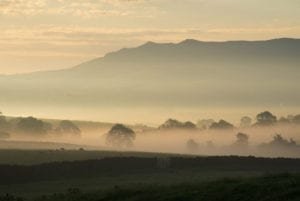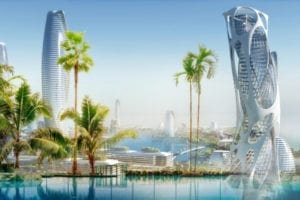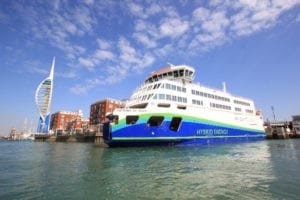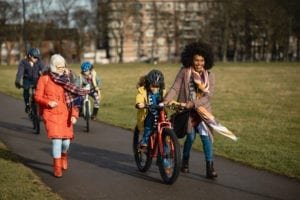Bird Island
We travelled to Bird Island on the daily charter service, using Air Seychelles aircraft, departing from the Seychelles Domestic Terminal. Not an ideal way to travel, but with a little one and time constraints it was unavoidable. I explained to Sophia that, had we had a little more time, we might have sailed to the island and allowed the air and the sea to take us, which would have reduced our carbon footprint. And perhaps if our lifestyles allowed us to take longer holidays then we could have sailed to the island.
As I had her attention, I explained we could also take the train through countries rather than flying over them, and that social and lifestyle changes would only come about if the governments that set the rules supported the environment and our wellbeing. Our lives would have a much healthier balance of work, rest and play. That made her smile. Anything involving play makes her smile (and me too, in fact).
‘Bird Island’s website states, ‘The magic of Bird Island cannot be told, you have to live it.’ We’ve been very fortunate to visit one of the most beautiful islands of the world – and I have to agree.’
Being greeted by Mrs Savy, the wife of the owner of the island (which has been owned freehold for over 60 years) made it feel like we had arrived somewhere very special. Landing on a grass airstrip down the middle of the island added to the buzz – and seeing Aldabra giant tortoises wandering around freely made it easy for Sophia to connect with the magic and wonder of this extraordinary place.
Bird Island ticked all my boxes; the eco-design of the lodges (built with locally-sourced materials), the solar-heated water for all guests, the conservation of wildlife… For 35 years the island has operated on ecological principles and it has run conservation programmes for various aspects of its wildlife since the early 1970s.
Currently the focus is on programmes that monitor and protect sooty terns (which breed on the island in their millions from May-September), the green and hawksbill turtles (which also come to the island to lay their eggs), the long-tailed white tropic bird (which nests on the ground next to trees), the newly-introduced Seychelles sunbirds (which trans-located from the main island in February 2006), weather monitoring and plenty of other programmes.
Raffles Praslin Resort
So the newest resort indeed… I must admit I was blown away by the luxury here, but at the same time I also questioned the necessity of such an overwhelmingly ‘beautiful’ resort. Lots of vibrant flowers and plants spread around grand villas and suites over vast swathes of land, and something in the natural air felt uncomfortable to me. I didn’t feel it had the same depth of connection to nature as the other places I’d visited.
Later that day I began to find out why. I was shown pictures of the natural yet fairly barren land on which it had been built, and the huge disruption to the rock faces and plant life. Perhaps in a very strange way I was picking up on how nature had been handled here. I understand there is a market for luxury tourism, but why does it have to be at the expense of the natural world? What about working with what’s already there, and building around the trees to allow people and planet to co-habit together, using the trees and rocks as part of the building’s story?
I wanted to dig a little deeper and find out what was real here and why we had come; on the one hand I was effortlessly seduced by the Royal Panoramic Villa suite and its stunningly breathtaking views, and on the other hand I was shocked by what felt to be a reckless and destructive misuse of the land.
‘I understand there is a market for luxury tourism, but why does it have to be at the expense of the natural world? What about working with what’s already there, and building around the trees to allow people and planet to co-habit together, using the trees and rocks as part of the building’s story?’
So I met with the landscape gardener and picked his brains. He explained that actually, a lot of this land was dying off due to corrosion, heat, lack of water and other climate issues in the area. With the 86 villas and their surrounding environment, he had been able to re-introduce fauna and flora growing naturally around the island, feeding the area with far more sustenance than it had received beforehand.
He had done a beautiful job, but I think because it was all so new it hadn’t quite taken shape and felt unnatural to me. I would like to revisit this place again in a few years’ time to see how these two environments, the resort and its grounds, grow together.
Having met with the site’s wedding planner, I believe this could be the perfect wedding location. With its pool and spa, restaurants and kids’ club, you can see why there have been a few celebrity weddings here – and if it’s good enough for them…
The next day was very, very exciting for me – though I’m not so sure about Sophia. We headed off to see a tree that boasts the biggest nut in the world, which only grows naturally on Praslin and one other island. Now this is the kind of thing that really excites me these days.
On the way we stopped off at the humble Bon Bon Plume beach restaurant, and I can say with hand on heart that I had one of the best curries I’d ever tasted. A must stop in Praslin.
Vallée-de-Mai Nature Reserve was declared protected in 1966, and hosts the largest concentration of Coco de Mer trees in the world. This palm is endemic to the islands of Praslin and Curieuse and reminded me of Jurassic Park: huge trees, huge leaves and even huger nuts. Sophia could only just pick one up. The nuts take six to seven years to grow and a further two years to germinate, with the largest fruit recorded to date weighing in at 42 kg. The mature seeds weigh up to 17.6 kg and are the world’s heaviest.
Conservation priorities here are the continued protection of populations, the enforcement of regulations and effective fire control. Firebreaks also exist at key sites in an effort to prevent fires from sweeping through and devastating populations. Cultivated palms are grown on a number of other islands and are widely present in botanic gardens – though the collection of seeds for this purpose may be a further threat to the natural examples.
This ancient forest is also home to the indigenous black parrot, the population of which has declined to about 200–300 birds, with fewer than 100 breeding pairs. When our guide mentioned this to Sophia and began mimicking the parrots’ mating call, Sophia joined in – only to become disappointed when none immediately appeared. To lift her spirits, I asked if she had asked the angels and nature spirits to guide her to see the black parrot.
‘Hello angels, would you please guide me to find and see the black parrots before we leave?’, she said.
Within seconds, our guide cried ‘Look!’ and pointed to a mating pair of parrots, one of the rarest of sights with these birds. Not just one, but two birds showing their love for each other. ‘Wow!’ I said to Sophia, ‘That just shows what you are capable of! See, you are an earth angel.’ If all of our children believed this, perhaps the world would be a different place to live in.
Oh, and by the way – I still don’t know if those shark nets were real or not. I have a sneaky feeling that, even if they were used back then, they’ll have been pulled in since due to the damage caused to marine life (it was 1975!).
To plan a trip to the Seychelles and explore the natural beauty for yourself, have a look at the tour operators listed on www.seychellestravel.com.
 Play Video about This Rock Might Just Save The World
Play Video about This Rock Might Just Save The World Play Video about Play 2 hours of rock
Play Video about Play 2 hours of rock Play Video about Play 2 hours of brook
Play Video about Play 2 hours of brook Play Video about Play 2 hours of sheep
Play Video about Play 2 hours of sheep

















